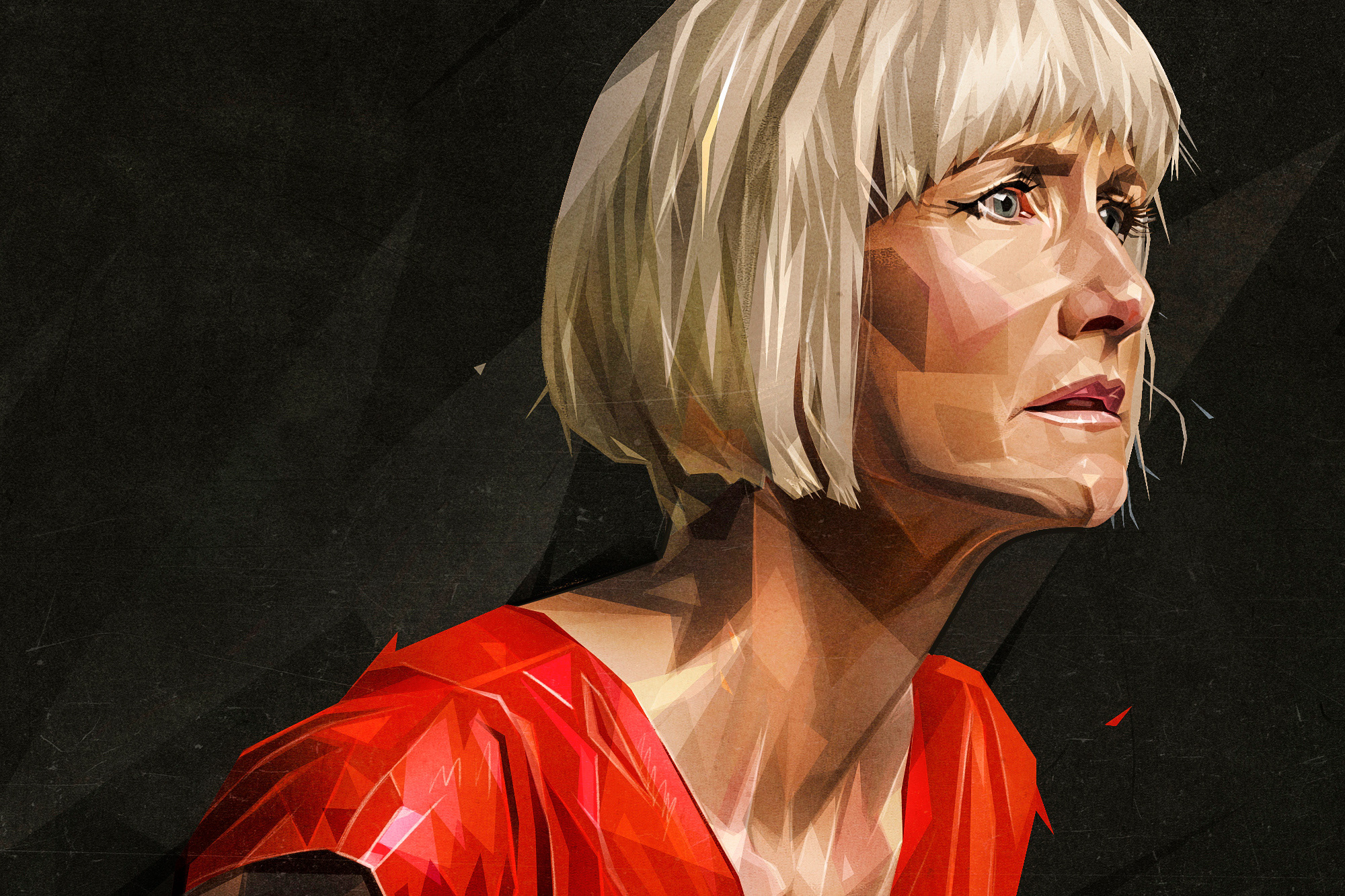
The aim of the facility is to promote and contribute to increasing biodiversity and pollination back in to the urban realm. This will be achieved through asingular element; the hybrid seed. It will seek to reintroduce a enhanced environment essential for the functioning and life of the bee through a natural selective breeding process of hybridization.
“Plants need to attract insects, bats and hummingbirds to transfer the pollen and createfertile seeds,” saysHugh Iltis, Professor Emeritusof Botany at UW-Madison.
In todays modern world urbanization has lead to a dramatic decline in pollination. It is through this modernization and urbanization that the natural pasture of the bee is declining, resulting in a declination of the population of the bee and other pollinating insects. Developing hybrid seedlings that inherit greater characteristics is one of the ways in maintaining pollination within the urban environment.
In essence the facility will celebrate the process and the creation of the hybrid seeds. The singular element; the seed, becomes the end product and it is this seed that will help carry the legacy of the facility onwards. The building helps create a gateway to the site and also provides a transitional end (or beginning) point to the test strip it resides on.
“Plants need to attract insects, bats and hummingbirds to transfer the pollen and createfertile seeds,” saysHugh Iltis, Professor Emeritusof Botany at UW-Madison.
In todays modern world urbanization has lead to a dramatic decline in pollination. It is through this modernization and urbanization that the natural pasture of the bee is declining, resulting in a declination of the population of the bee and other pollinating insects. Developing hybrid seedlings that inherit greater characteristics is one of the ways in maintaining pollination within the urban environment.
The facility will become the embryo for hybrid plant and seedling research in biotechnology and plant breeding housing scientists and research students in an environment that promotes and tests the extent of their research and hybrid creations.
In essence the facility will celebrate the process and the creation of the hybrid seeds. The singular element; the seed, becomes the end product and it is this seed that will help carry the legacy of the facility onwards. The building helps create a gateway to the site and also provides a transitional end (or beginning) point to the test strip it resides on.

Adjacency _ Process Diagram



Ground Floor_Landscape Plan

Basement Plan_First Floor Plan

Second Floor Plan_Third Floor Plan



Exploded Axonometric_Structural Composition

Facade Composition_Service Stem


Constructional Cross Section_Through the Elevated Structure and Testing Landscape


Construction Detail _Mechanical Southern Facade




Process through the Facility





